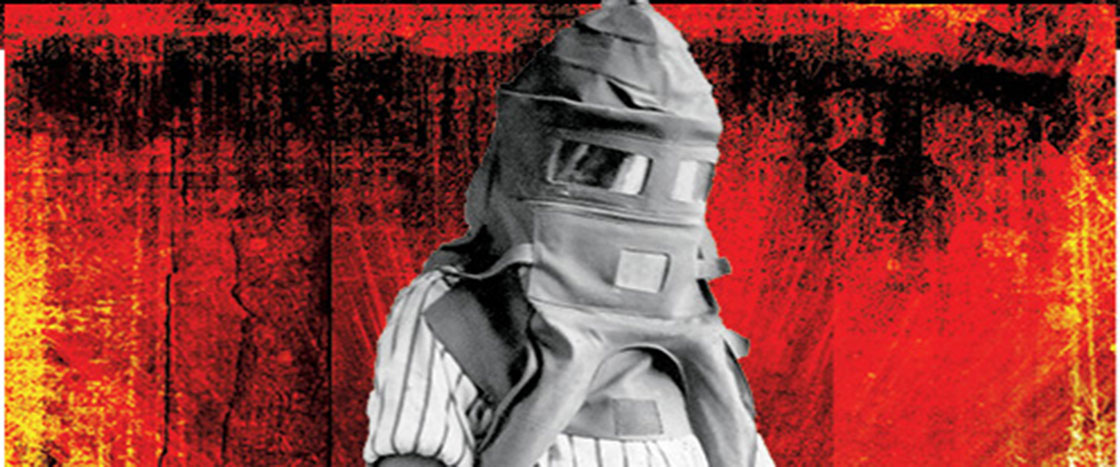Essential questions: What sparks invention? What are the effects of racism? How can we overcome obstacles?

The Fire-Breather
In the early 1900s, Garrett Morgan invented a gas mask that had the potential to change the way Americans fought fires. But how would he convince the world to try it? We’ve paired Morgan's incredible story with an informational text about the characteristics of successful entrepreneurs.
Learning Objective: to apply ideas about successful entrepreneurship to the story of Garrett Morgan
Standards
Extension Activity!
Divide students into groups and have them research other inventors—from the past or the present—who have made a positive impact on the world. After researching, ask each group to pick an inventor and create a presentation about him or her to share with the class. Presentations can be in the form of a poster, video, or Powerpoint presentation and should include information about the investor's life and background, what the inventor created, and why the invention is important.
1. PREPARING TO READ
2. READING AND DISCUSSING THE ARTICLE (45 minutes)
3. READING AND DISCUSSING THE INFORMATIONAL TEXT (20 minutes)
4. SKILL FOCUS: SYNTHESIZING (15 minutes)
Think about the characteristics of a successful entrepreneur listed in “Could You Be the Next Garrett Morgan?” Which three characteristics do you think MOST contributed to Garrett Morgan’s success? Use text evidence.
Choose two characteristics of a successful entrepreneur listed in “Could You Be the Next Garrett Morgan?” Explain how Morgan demonstrated these characteristics. Use text evidence.
Which three characteristics of a successful entrepreneur listed in “Could You Be the Next Garrett Morgan?” do you think most contributed to Morgan’s success? How did those characteristics help him overcome the challenges he faced? Use text evidence to support your ideas.
Literature Connection: Connect to classic texts about inventors
Dragonwings
by Laurence Yep (historical fiction)
The Invention of Hugo Cabret
by Brian Selznick (graphic novel)
The Story of Science: Newton at the Center
by Joy Hakim (nonfiction)